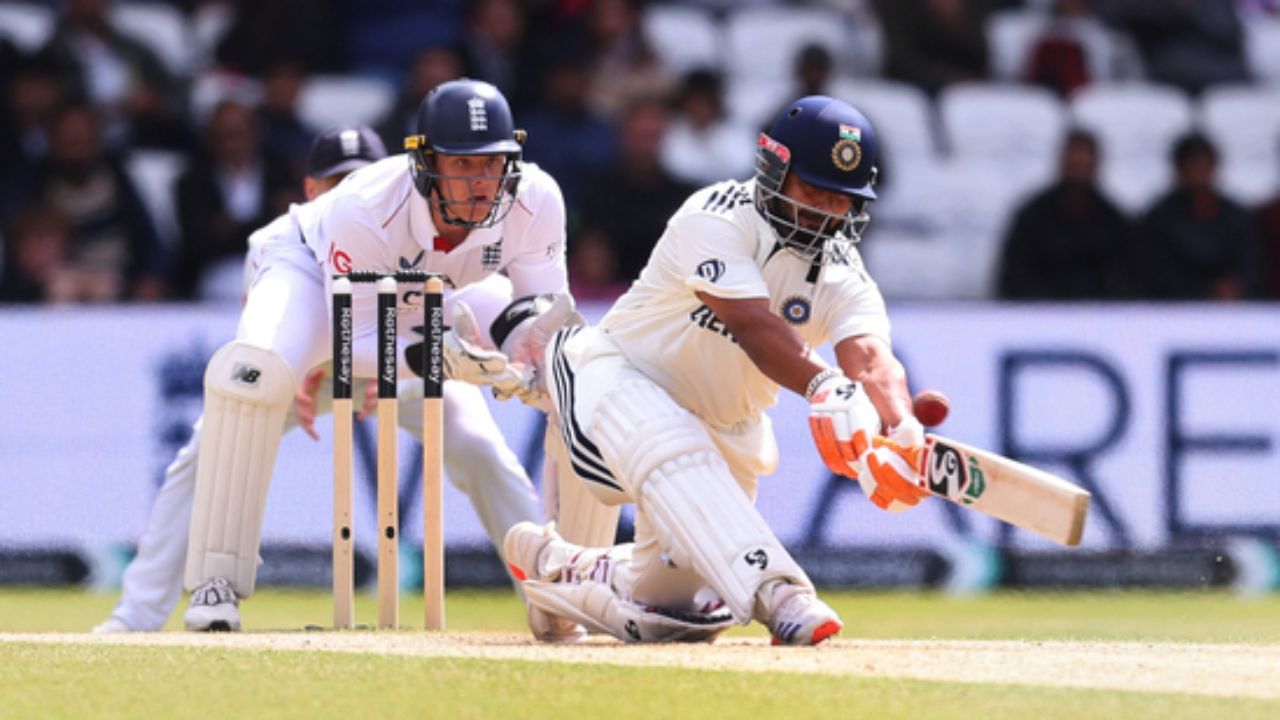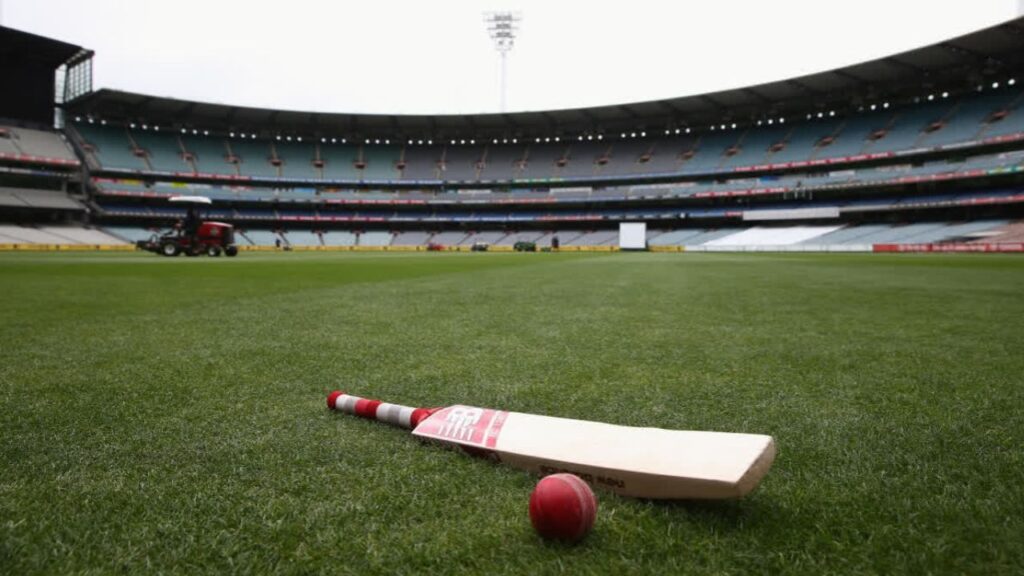 English
English

The new playing conditions also include changes to concussion replacement processes, the DRS wicket zone and deliberate short runs.

ICC make multiple changes to cricket rules (Source: Internet)
Dubai: The International Cricket Council (ICC) has changed several major rules of men's cricket with the aim of making cricket more fast, fair and exciting for the audience.
A move back to one ball per innings in the last 16 overs in a One Day International, a new ruling pertaining to boundary catches and the use of stop clocks introduced in Test matches headline a range of changes in the updated ICC (International Cricket Council) Playing Conditions.
The new playing conditions also include changes to concussion replacement processes, the DRS wicket zone and deliberate short runs.
The changes were recommended by the ICC Men’s Cricket Committee, headed by Sourav Ganguly and including playing participation in over 2000 international matches across its members.
After a successful introduction in white-ball cricket, Test cricket will also see a stop clock, with the bowling team needing to be ready to bowl the first ball of their next over within 60 seconds of the previous over being completed.
Failure to do so for the third time in an innings (following two warnings) will result in a five-run penalty imposed against the fielding team on each occasion.
Two warning sanctions will be reset to zero after 80 overs have passed, in line with a new ball becoming available, and again after any future blocks of 80 overs in that innings.
Two new balls will be used for the first 34 overs of an ODI innings, after which the fielding team will choose one of the balls for the remaining overs.
Changes to the playing conditions now require a fielder who makes airborne contact with the ball beyond the boundary to then land and remain inside the boundary.

Aim is making cricket more fast (Source Internet)
A fielder, after making their first contact with the ball subsequently leaves the field of play, can only make contact with the ball once more while airborne beyond the boundary.
Having done so, they must land and remain wholly within the boundary. This applies even if another player completes the fielding. This change will be implemented in international cricket before it is included in the MCC Laws of Cricket next year.
Adding to the present five-run penalty for a deliberate short run, the fielding team will also choose which of the two batters takes strike for the next delivery.
The wicket zone will now be the actual outline of the stumps and bails.
There are two changes to the concussion protocols.
Teams will now be required to nominate their designated concussion replacements for the match. This curbs the advantage previously held by home teams, who have typically been able to choose from a larger pool of potential replacements, an ICC report said.
A player diagnosed with a concussion during a match must observe a minimum stand-down period of a minimum of seven days before returning to play. This change has been recommended by the ICC Medical Advisory Committee to support players’ safety and well-being.
From October 2025 and for an initial six-month period, there are additional changes.
A player who suffers a serious injury on the field of play at any time after the match has started (including any pre-match warm-up period) may be replaced for the remainder of the match by a fully participating like-for-like player.
In an effort to provide leniency for a bowler who sees the batter moving around prior or during a delivery, a new wide ball rule will be trialled.
As part of the changes, the position of the batter’s legs at the point of delivery will now be used as the reference point for a wide, even if the batter subsequently moves across to the off side.
The trial will see a ball that passes the popping crease between the leg stump and the protected area marker not being called a Wide. To help with this, the protected area marker line will be extended to the popping crease and act as a guide for the umpires.
Any leg side delivery that passes behind the batter’s legs and outside of the line at the time the ball reaches the popping crease may still be called a Wide.
No related posts found.